Quail Facts about The Old World and New World Quail
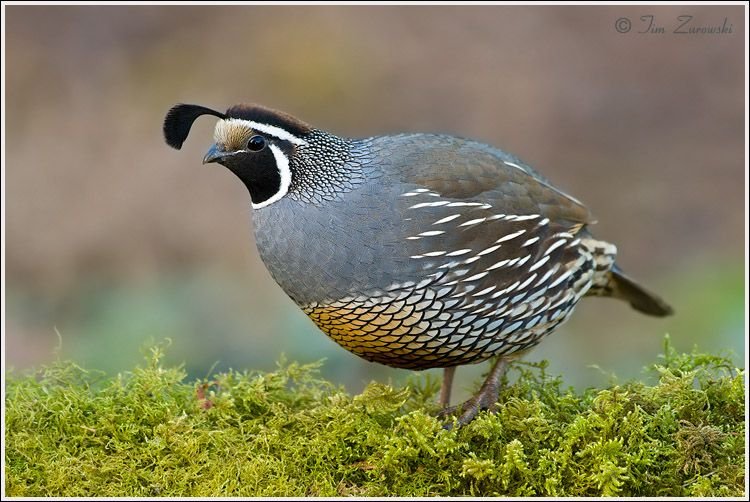
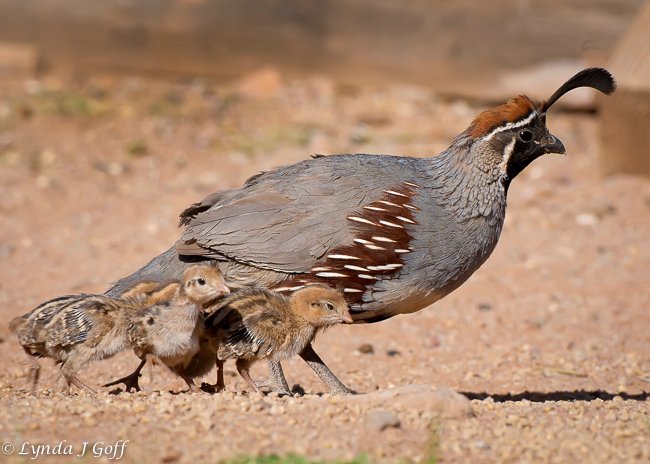
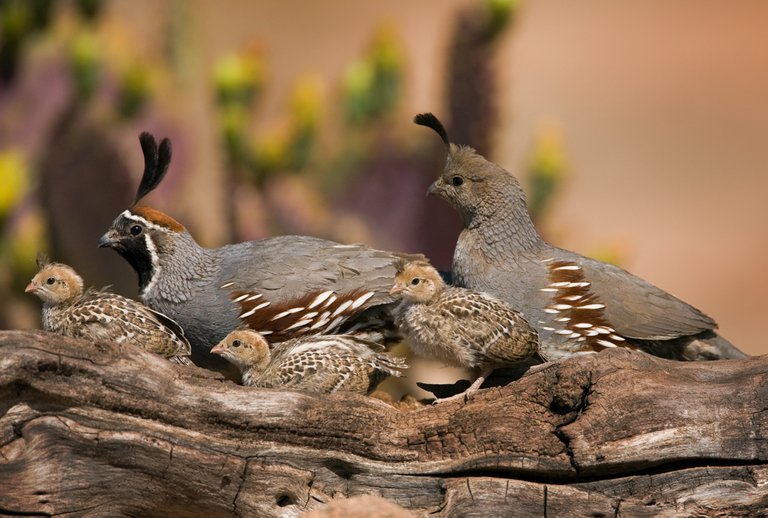
The term quail is used for a group of medium sized birds which belong to the order Galliformes and are classified into several different genera. Discover informative facts about different types of quail as discussed below.
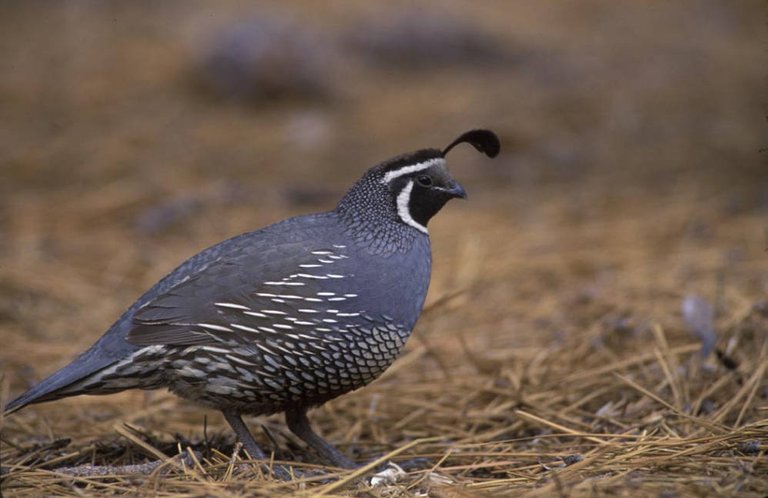
Old World Quail
The old world quails are birds of the order Galliformes which are members of the Phasianidae family. This group is further dived into four different genera – Coturnix, Anurophasis, Peridicula and Ophrysia. Each genus in turn consists of multiple species, the largest number of which belongs to the Coturnix genus.
Members of the Old World Quail group are very small and mostly feed on seeds. Insects and other small animals are also form a part of their diet which makes them omnivores. Since they are terrestrial birds, their nesting activity takes place on ground. Some of the Old World Quail species, such as the Japanese quail, are capable of flying over long distances. Most of the other species, however, are only capable of a rapid burst of short flight. The former also exhibit migratory behavior.
Several species make a part of human diet by offering their meat and eggs. The most commonly hunted species of the Old World Quail for food include Coturnixcoturnix – the common quail – and Coturnix japonica – the Japanese quail. However, a word of caution for those who are tempted: some of the bird species are poisonous for humans. Some of the migratory Old World Quails feed on poisonous seeds. The poison does not affect the bird but is stored in its fat. When humans consume such birds, the poisonis also ingested which may lead to lethal health issues. The medical term for this type of poisoning is known as coturnism.
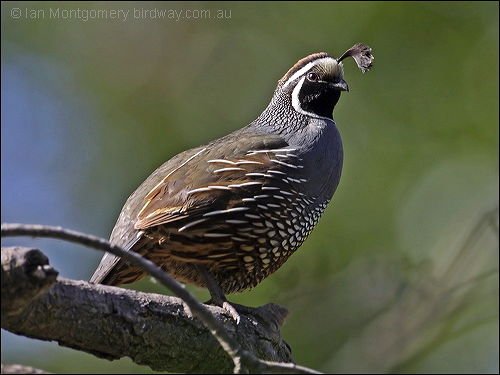
The following facts provide some more information about the Old World Quail.
Sexual dimorphism exists since the males are larger in size than the females. In addition, the males also possess bright plumage as well as facial ornamentation in order to attract their female counterparts for the purpose of mating.
The plump Japanese quail is one of the favorite types of game birds, offering its delicious meat for a sumptuous meal.
For mating, the female bird may call out to attract a male. This used to be a common means of catching quails in some parts of Asia by placing a female in a cage and trapping the male as soon as it responded to the call.
.jpg)
New World Quail
The New World Quail is a group of birds from the order Galliformes which are members of the family Odontophoridae. There are nine identified genera, namely Dentrotyx, Oreortyx, Callipepia, Philotyx, Colinus, Odontophorus, Dactylortyx, Cyrtonyx and Rhynchortyx. A number of different species belong to each of these genera. The New World Quails are distantly related to the Old World Quails.
Birds categorized as the New World Quail possess short wings and short tails with the exception of the genus Dentrotyx which possesses comparatively long tails. Their plumage ranges from dull in the case of some species to extremely eye-catching in the case of others. Many of the species also possess ornamental crests on the head. The male quails possess brighter plumage to attract the female.
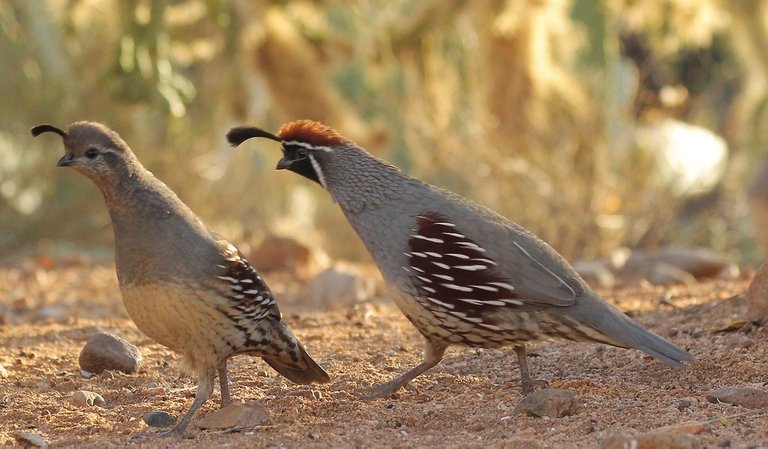
The short legs of the New World Quail are rather powerful. They are terrestrial birds and are observed to walk or run when looking for food or while catching prey. In case of danger, such as the presence of a predator, the bird prefers to run and may also resort to a short burst of flight.
Most species of the New World Quail nest on the ground. Those who built their nests high up on trees also commonly feed on the ground. They are omnivores and may feed on insects, seeds or vegetation. The major component of the diet for species found in desert is seeds. Some species, such as the Northern bobwhite and the bearded tree quail are popular as game birds.
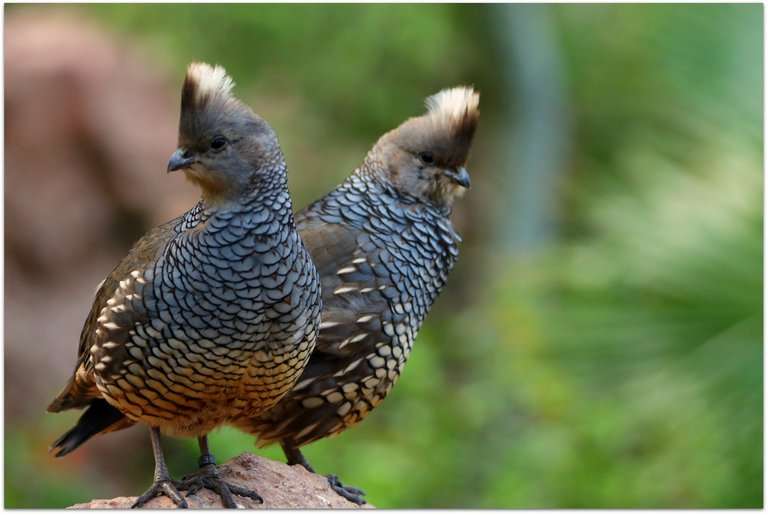
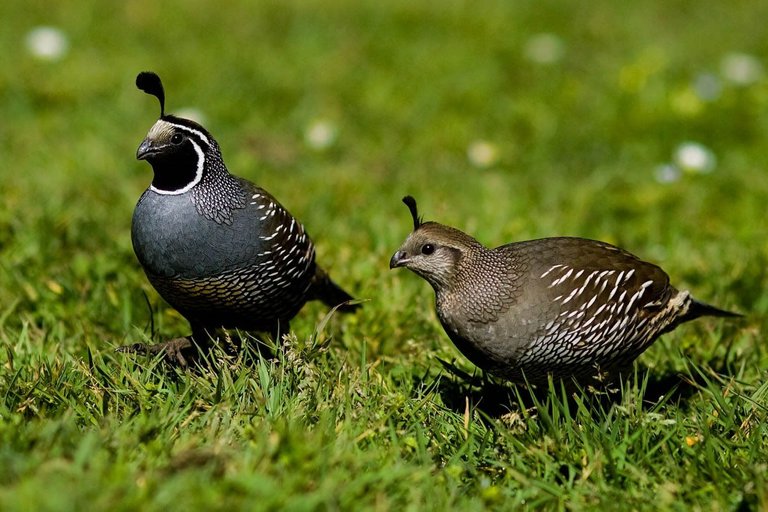
Here are some more informative facts about the New World Quail.
It is a large group which consists of thirty-two species falling under nine genera. In addition, there are 139 different taxa.
Five of the New World Quail species have become extinct owing to human activity, such as hunting.
Their natural habitat consists of a variety of regions on the globe, including savannahs, tropical and temperate forests and forest edges.
The New World Quails are shy birds and prefer staying away from other animals, including humans.

Buttonquail
Buttonquails are also known as hemipods. These Galliformes are members of the family Turnicidae. Although they physically resemble the Old World Quail, they are genetically unrelated. The Buttonquails are commonly found in regions of Australia, Asia as well as Europe. There are two different genera –Ortyxelos and Turnix – and sixteen different species, most of them belonging to the Turnix genus.
Like other types of quail, the buttonquails are also terrestrial birds. The birds prefer running and hardly ever take flight. They are small in size, with the smallest of the species being 3.9 inches. It is known as quail plover and belongs to the Ortyxelos genus. On the other hand, the smallest members of the Turnix genus are 4.7 inches in size while the largest ones grow up to 9.1 inches.

Discover more information about the Buttonquails through the following facts.
The natural habitat of Buttonquails consists of open woodlands or open areas with hedges.
Buttonquails belong to order Charadriiformes instead of the order Galliformes as in the case of the other quails. It is, therefore, not a “true quail” and has been named so owing to its superficial resemblance to the “true quails”.
They offer a fine meal in different parts of the world, particularly the Far East. The King Quail is the one of the most favorite source of bird meat among other species of buttonquails owing to its large breastbone which is surrounded by muscle.
Their main predators out in the wild are foxes and human hunters.
Although they are terrestrial birds, the young hatchlings learn to take flight within two weeks of coming out of their eggs.
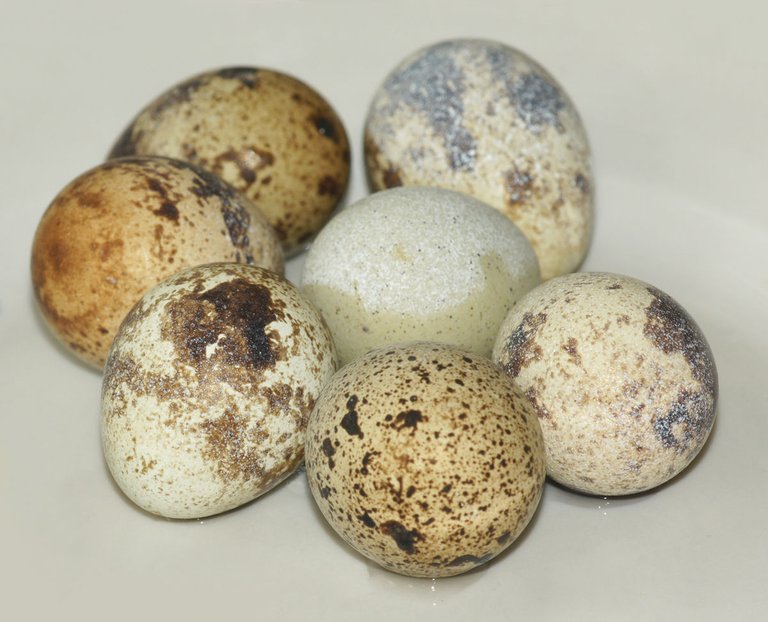
Very nice
Beautiful... Nice for you to share this @nido097 ... Thanks
thanks bro
welcome and keep steeming hot
followed you
thanks dear and do check my new blog posts
I just upvoted you
Good one... Nice comment... Good work needs voting @alina01
Do you do photography?
yes
Great... keep me posted o latest ones...
Let's keep in touch!
Hi! I am a robot. I just upvoted you! I found similar content that readers might be interested in:
http://www.liveanimalslist.com/birds/quail-facts.php